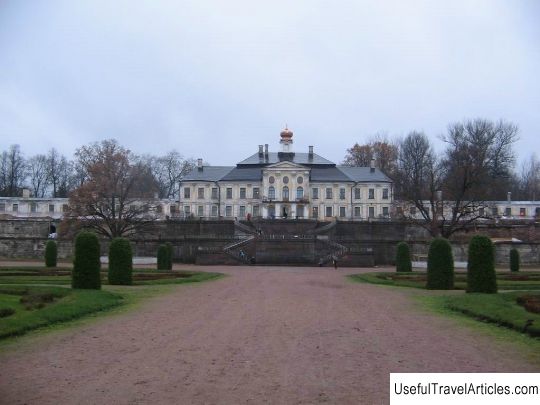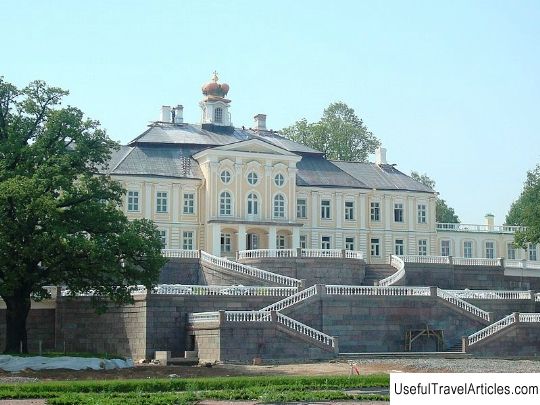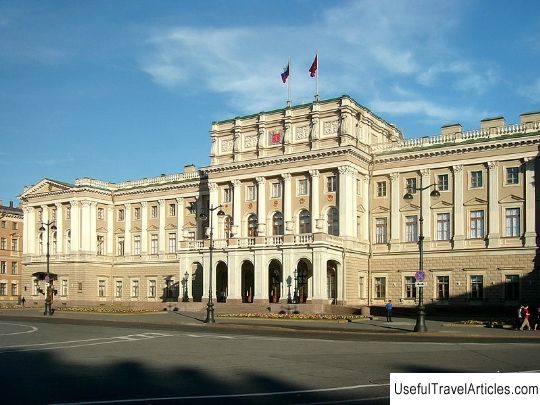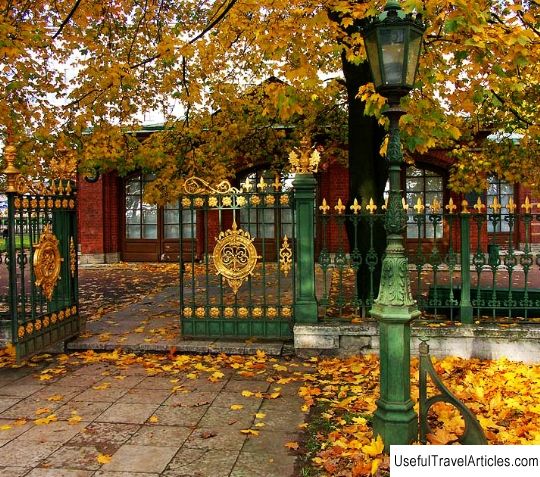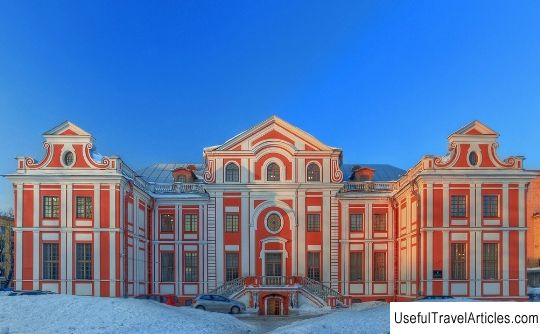Menshikov Palace description and photos - Russia - Saint Petersburg: Saint Petersburg
Rating: 8,6/10 (2943 votes) 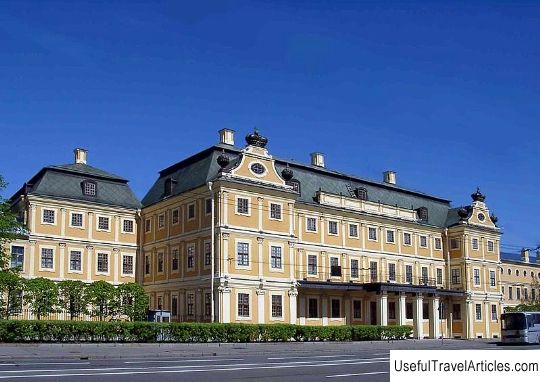
Menshikov Palace description and photos - Russia - Saint Petersburg: Saint Petersburg. Detailed information about the attraction. Description, photos and a map showing the nearest significant objects. Photo and descriptionSt. Petersburg was built during the Northern War as an outpost of Russia on the Baltic Sea. But in spite of the fact that the war demanded an enormous exertion of all the forces of the country, not only defensive structures were erected in the new city, but also civil buildings. On the left bank of the Neva, by order of Peter the Great, the sovereign's residence was built, including the Summer Palace and a regular garden. At the same time, on Vasilievsky Island, which the sovereign gave to his favorite, the first governor of St. Petersburg, Alexander Danilovich Menshikov, the construction of the residence of His Serene Highness Prince Izhora began, which became an even more grandiose structure. In size and beauty, the palace in some ways even surpassed the tsar's dwelling. A three-storey building with wings was built on the banks of the Neva. A small courtyard was surrounded by an open gallery. Imitating the European nobles, the "half-sovereign ruler" ordered a huge regular garden with fountains, antique sculptures, and greenhouses to be laid out near the palace. A private pier was built next to the palace. Initially, Menshikov chose the Italian Domenico Fontana as the architect of the palace. But then Trezzini, Rastrelli, Mattarnovi, Leblon joined the project. Construction was carried out for 17 years until 1727. The Summer Palace of Tsar Peter and the Menshikov Palace became the first stone residential buildings in St. Petersburg. The front facade of the palace with a high elegant porch leading to the second floor, which was considered the main one, goes out onto the Neva. Menshikov, striving to surround himself with luxury, spared no expense in decorating and improving his home, tried to arrange everything in it in a modern European manner. The interior rooms of the palace were low, but with large glazed windows and doors. They were decorated with painting, finished with silk, wood carved panels, faience tiles, which Menshikov received as a gift from Dutch merchants, since they were not even produced in Russia. On the second, main floor, there was a Big (Assembly ) Hall. The first floor of the palace was used to carry out the state duties of its owner. There were reception rooms, a large hall for official events, a room for duty sailors and rowers, a guardhouse, various workshops, and a ceremonial cook. In the basement there were cellars and housing for the prince's servants. Peter I often used the palace to receive foreign ambassadors. And in the Assembly Hall were held & `` Peter's assemblies '', which were sometimes attended by up to 200 people. All those invited were supposed to be in European clothes, and men were obliged to come here without beards. In 1727, after the death of Peter I, Menshikov was accused of embezzlement and treason and exiled to Siberia. The palace entered the state treasury, and was first used as a warehouse, and in 1731 it was rebuilt by the architect Trezzini for the needs of the Land Nobility Corps, which from 1800 was named the First Cadet Corps, and was located in this building until 1918. In the twenties of the XX century, the Military-Political Academy was located in the palace. In 1937, the building was transferred to the Military Transport Academy (now it is the Military Academy of Logistics and Transport). For some time, the 1st Institute of Law functioned in separate rooms of the palace. During the blockade of Leningrad, a military hospital was located here. Since 1967, Menshikov's palace has become part of the State Hermitage. From 1961 to 1981, it was gradually restored, and the building was restored to its original appearance. In 1981, a museum was opened here - the Menshikov Palace Museum. Today it is a branch of the State Hermitage Museum. Now it houses an exposition of the history and culture of Russia during Peter's time.              We also recommend reading Batumi Archaeological Museum description and photos - Georgia: Batumi Topic: Menshikov Palace description and photos - Russia - Saint Petersburg: Saint Petersburg. |
